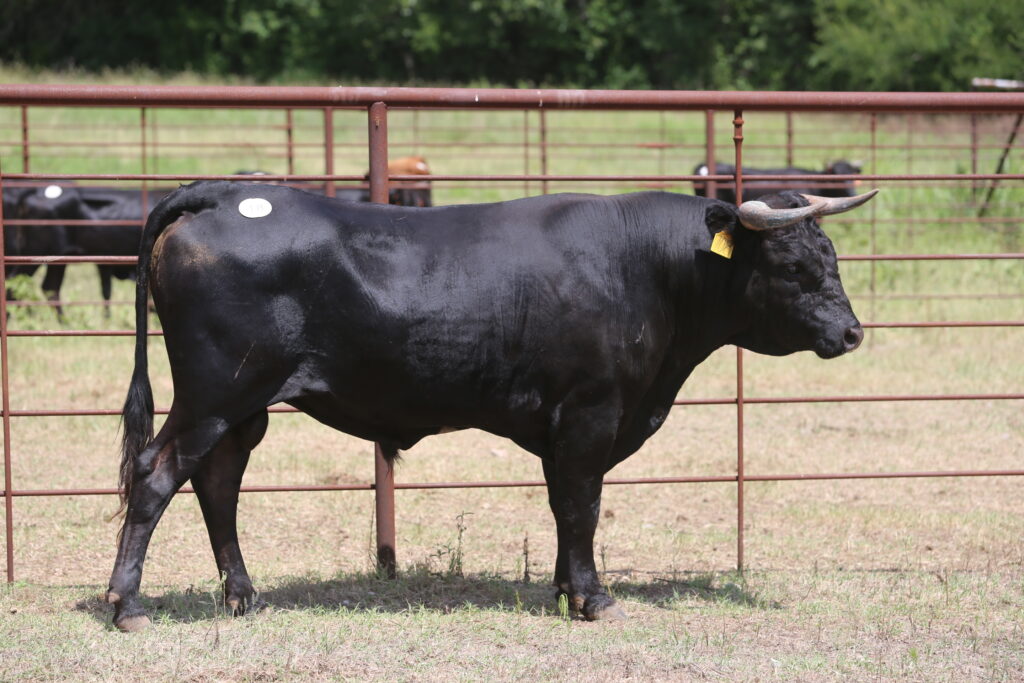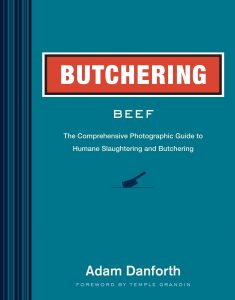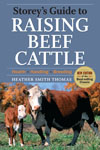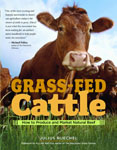
Status:
Threatened
Use:
Meat, Rodeo
Adult Weight:
600 – 1000 lbs.
Temperament:
Docile and alert
Experience Level:
Intermediate
Notes:
Well suited for hot, arid climates and marginal lands. Agile & hardy.
Country of Origin:
Mexico
CORRIENTE CATTLE
The Corriente is one of many Criollo cattle breeds that originated in Spain and was forged in the Americas. By 1529 the population of these hardy animals was so large it was no longer necessary for the Spanish to import cattle for their colonies. Corriente ancestors ranged freely as semi-feral herds on Mexico’s central plateau and were valuable for draft power, meat, milk, and hides. By 1539, wild cattle had reached the present United States (US) border with Mexico. Large herds flourished; in 1586, one herd exceeded 130,000 head, with 33,000 calves branded in a single year.
On the open range, bulls roamed free and gathered small groups of cows into breeding herds. Natural selection created cattle adapted to the country with a strong herding instinct. Today Corriente cattle remain hardy and forage efficient, eating many plants other cattle refuse. Corrientes will adapt to any environment but flourish in southern desert climates. They will develop hair for cold climates but remain more comfortable in the heat.
In the US, Corriente cattle are bred primarily in the Southwestern and Plains states. Four dominant bloodlines include the Diamond A Ashely, Garcia, Cates, and Ray. When raised for beef, they are well suited for ranging in areas plagued by persistent drought; they have a lower impact on native grasses than more popular, larger cattle breeds. Corrientes raised for beef on marginal lands reward ranchers with hardiness, longevity, and lean, flavorful beef.
Corrientes are small compared to larger beef breeds, yet they remain agile and strong with a good disposition. Although some breeders prefer black-colored animals, these cattle may display any color except white. Heavy horn bases are desirable, but extreme horn length is not. As natural athletes, they have been popular calves for rodeo roping, bulldogging, and team penning. After their rodeo career, young animals may be used for breeding or finished for beef.
Corriente breeders should become familiar with the historical characteristics of the Corriente breed type. Corrientes can be crossed to other breeds for beef production. However, if these crossbred offspring are bred, the desirable characteristics of hardiness and agility that define the breed will be diluted. A better strategy is to use crossbreds for beef and breed older dams to Corriente bulls, producing purebred daughters to replace dams in the herd.
Thanks to the North American Corriente Association for providing breed photos. Ranked as a Threatened breed on the Conservation Priority List, fewer than 1,000 purebred Corriente are registered in the US annually. The estimated global population is less than 5,000. In the face of climate change, Corriente cattle are one of the breeds native to North America that warrant greater attention for their hardiness, heat tolerance, longevity, and self-sufficiency.
Did you know:
You don’t have to raise livestock to be a member of The Livestock Conservancy. Join foodies, fiber artists, history lovers, biodiversity fans, and those who value sustainability in changing environments. Together, we can save endangered breeds of livestock and poultry from extinction. Click here to learn more.
You may be interested in…

Status:
Threatened
Use:
Meat, Rodeo
Adult Weight:
600 – 1000 lbs.
Temperament:
Docile and alert
Experience Level:
Intermediate
Notes:
Well suited for hot, arid climates and marginal lands. Agile & hardy.
Country of Origin:
Mexico
You may be interested in…




